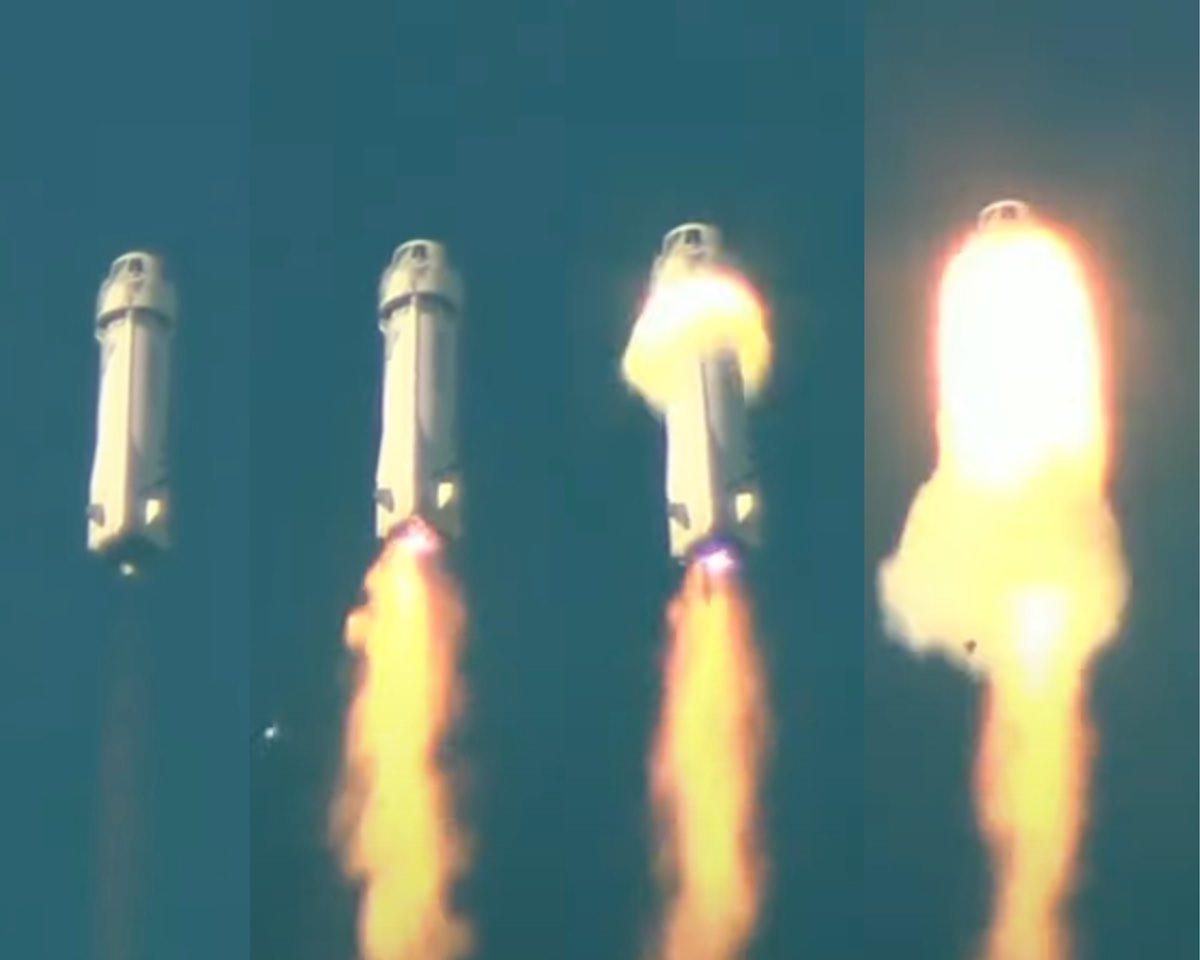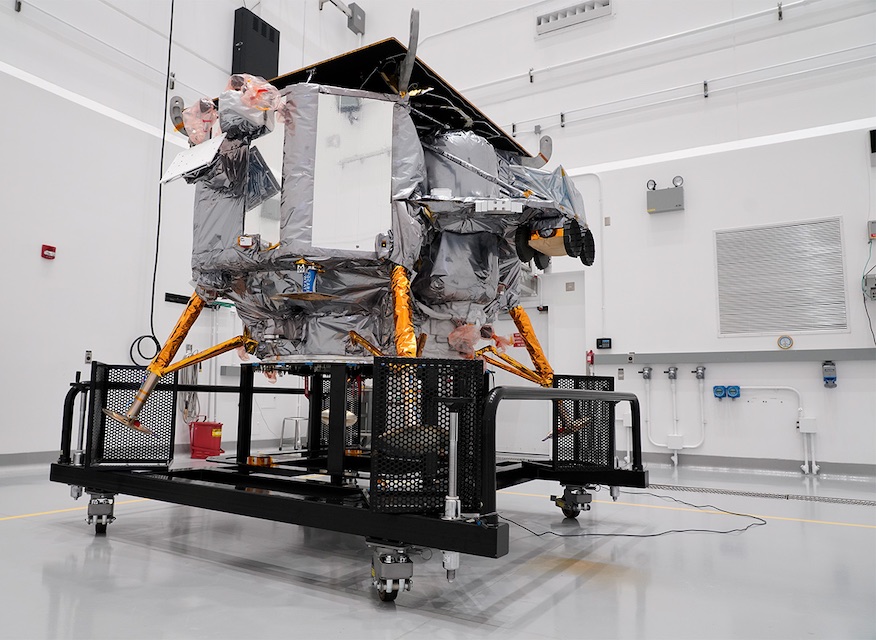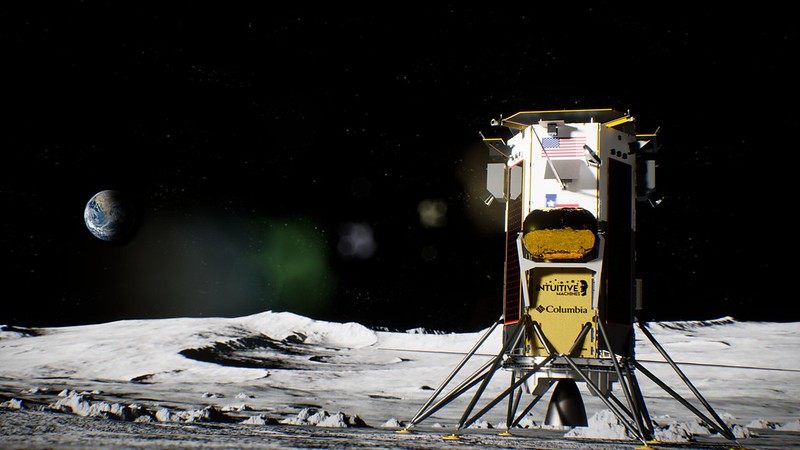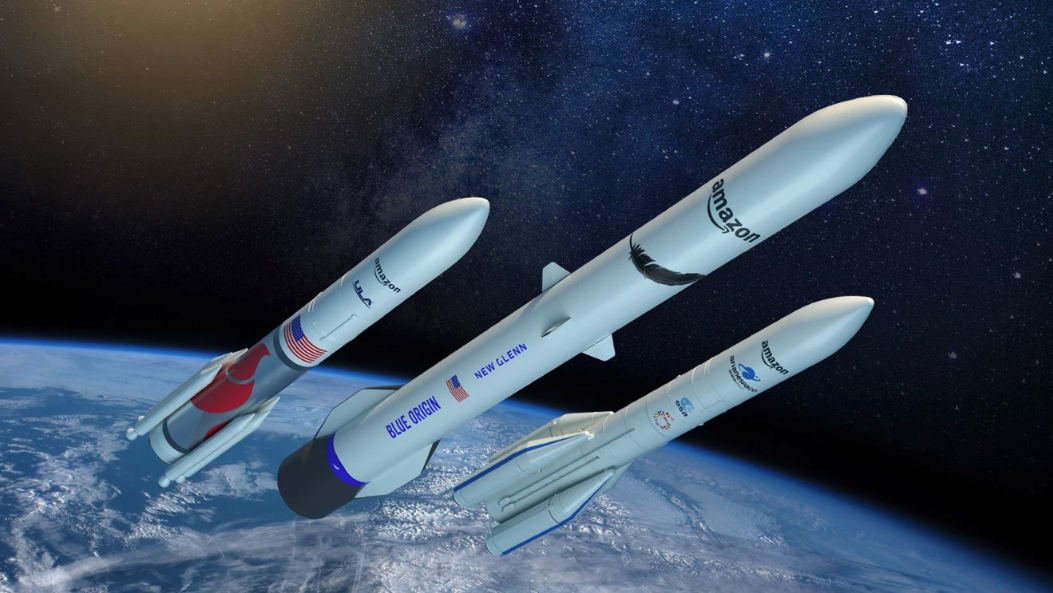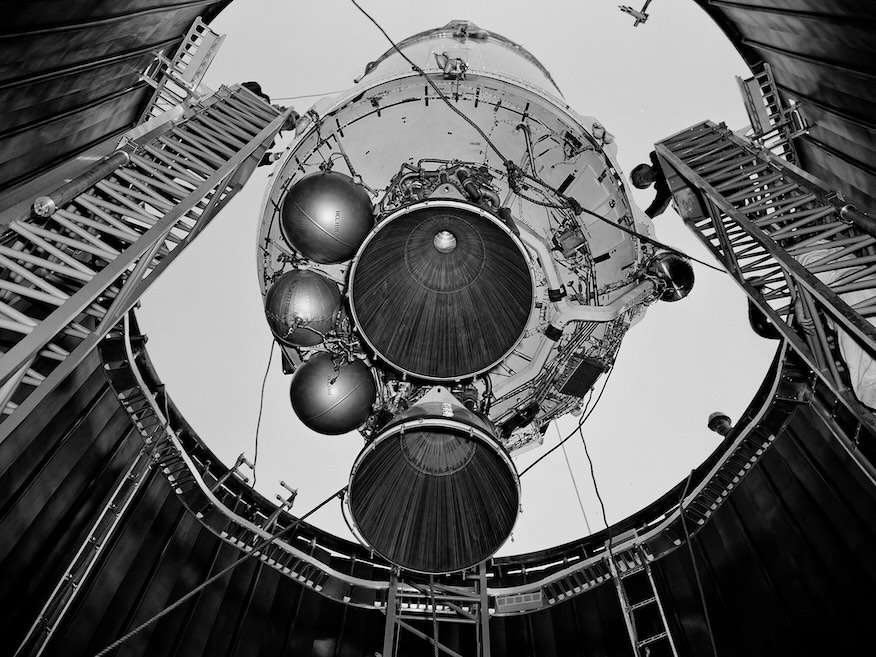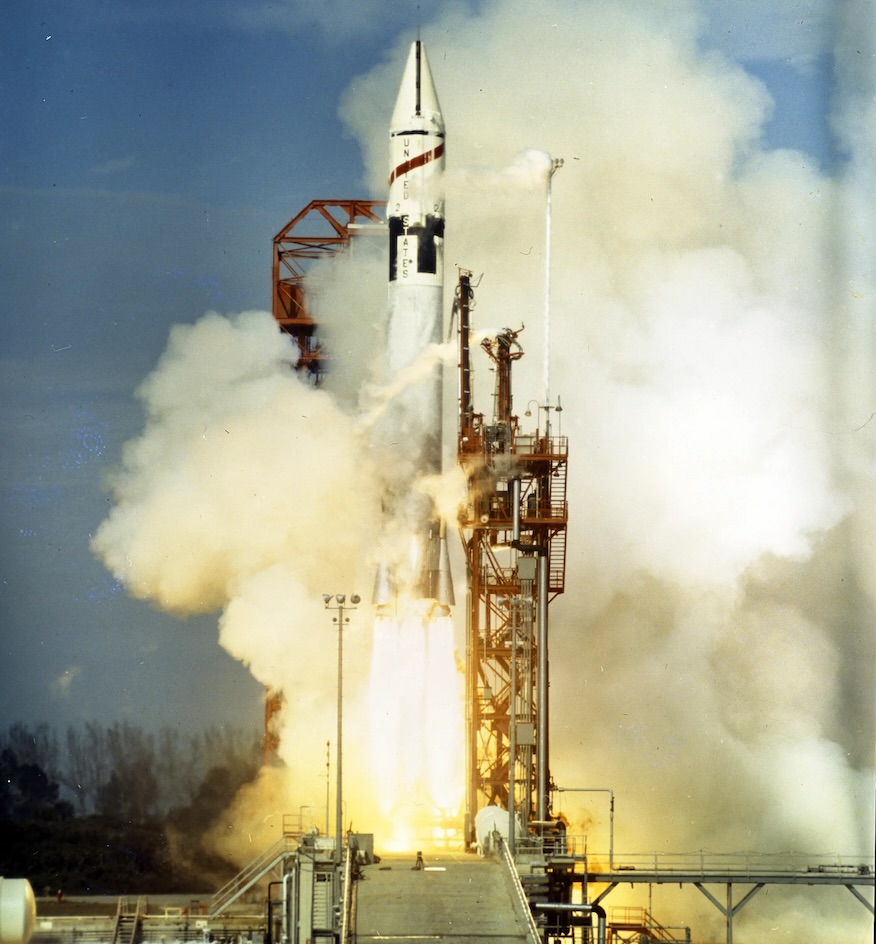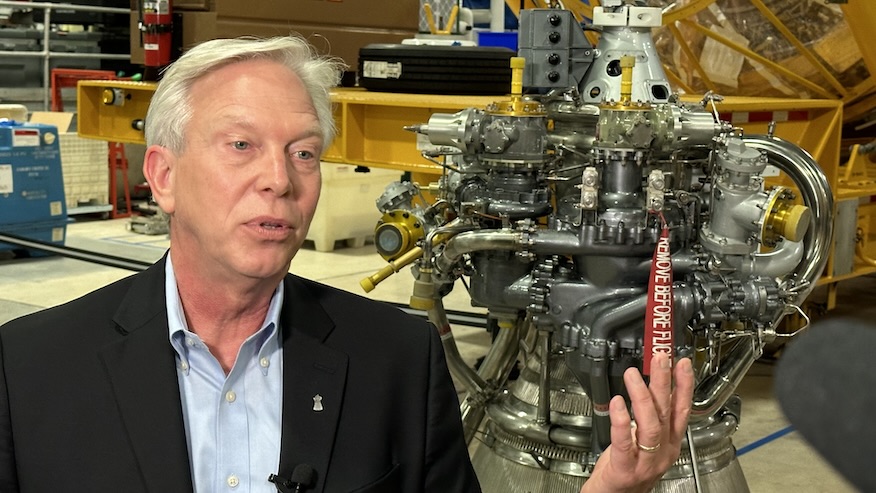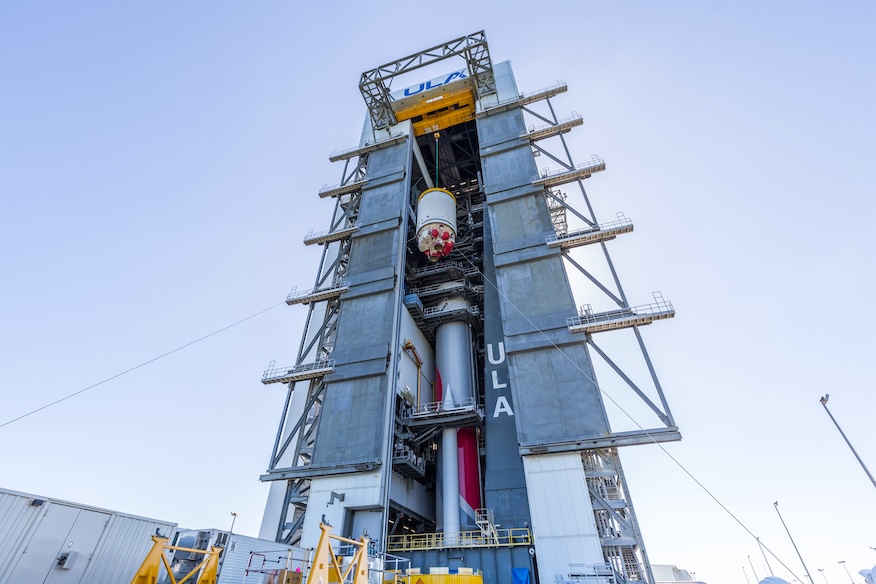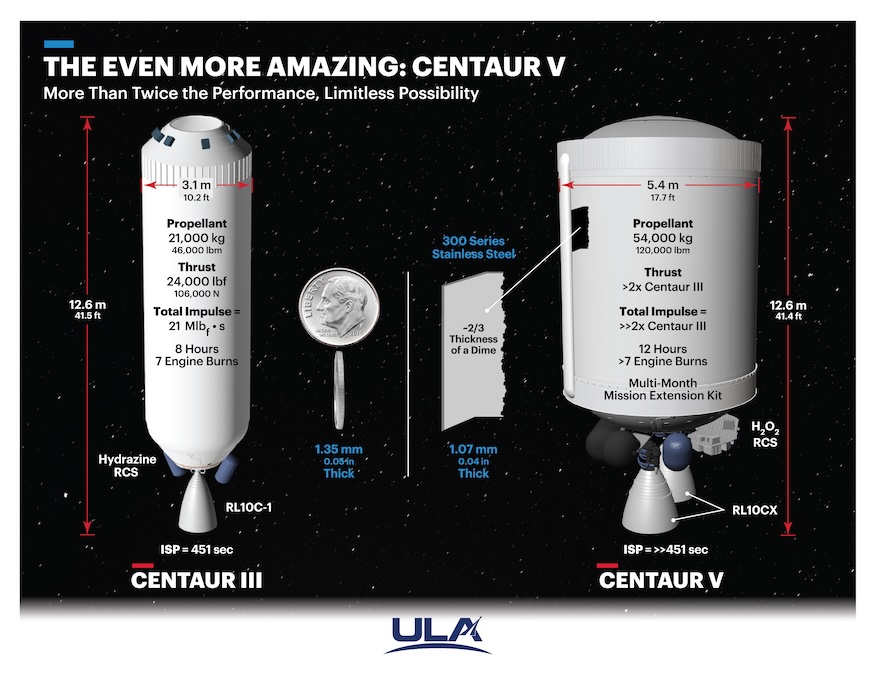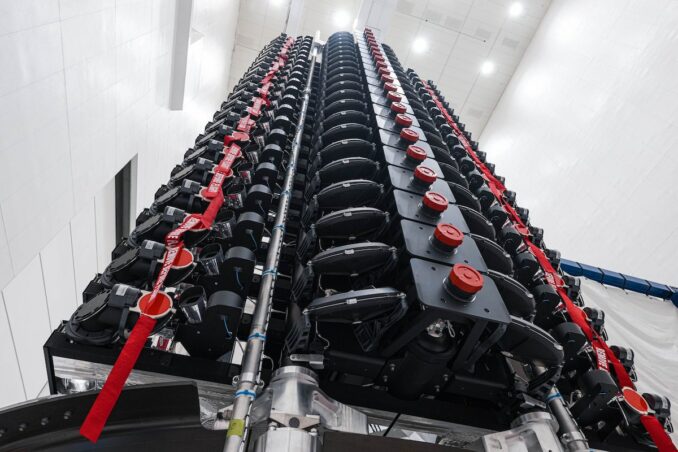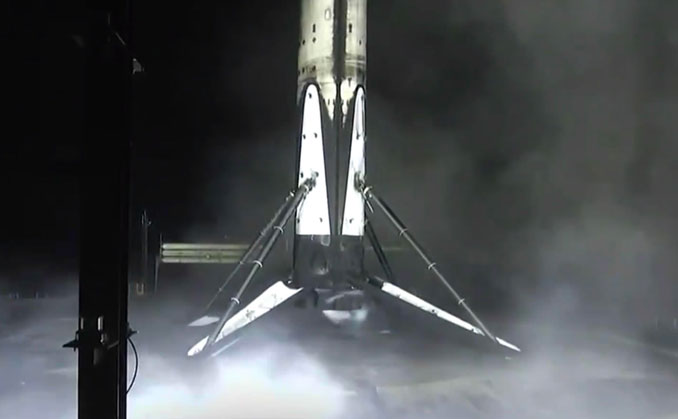Update 12:05 a.m. EST: Rocket Lab’s Electron rocket successfully deployed the Tsukuyomi-1 satellite.
Rocket Lab launched its first flight of its Electron rocket since a failure on Sept. 19. The 42nd mission for the small-satellite launcher lifted off on Dec. 15 from New Zealand during at about 1705 NZDT (0405 UTC or 11:05 p.m. EST).
The Electron rocket launched the “The Moon God Awakens” mission from Rocket Lab Launch Complex 1, Pad B, on New Zealand’s Mahia Peninsula. This was a dedicated mission for Japan-based Earth imaging company iQPS (Institute for Q-shu Pioneers of Space, Inc.). The Tsukuyomi-1 synthetic-aperture radar (SAR) satellite joins another iQPS satellite on orbit to capture high-resolution views of Earth as closely as a 1 meter-square view.
Eventually, it will be part of a 36-satellite constellation designed to monitor fixed points on Earth every 10 minutes. iQPS said it aims to have its full constellation deployed by 2025 or later.
“We are deeply grateful to the Rocket Lab team for their efforts in arranging the launch opportunity that aligns perfectly with our desired orbit,” said iQPS CEO Shunsuke Onishi in a statement. “Additionally, we take great pride in our team, working tirelessly day by day to accommodate this tight timeline.”



